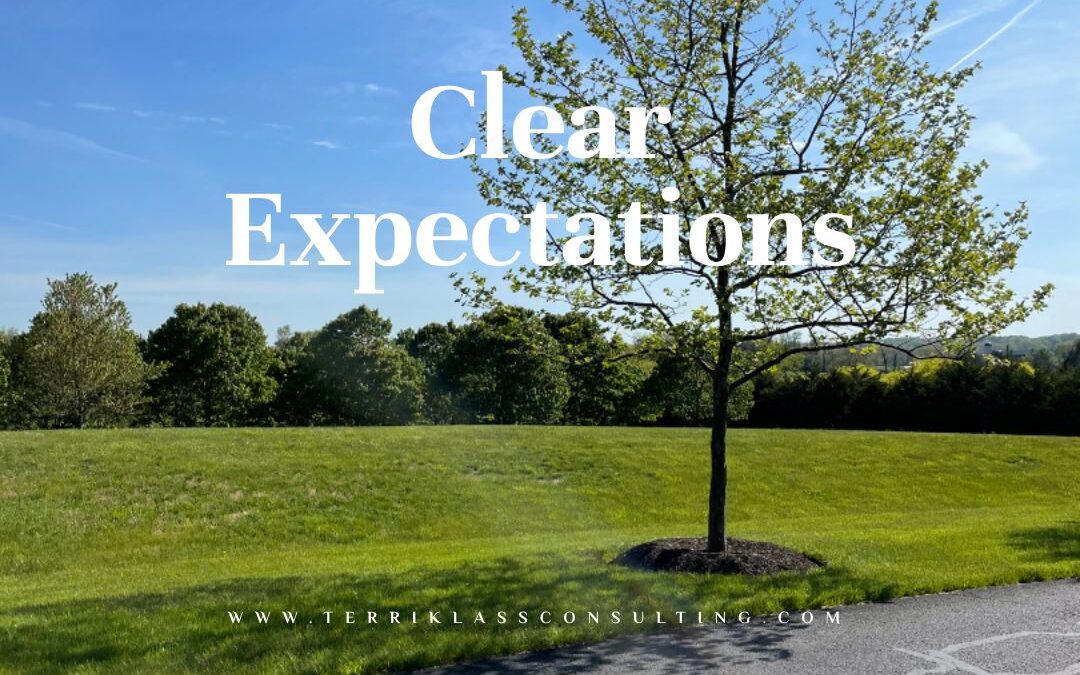At a presentation this week with a group of leaders under a beautiful outdoor tent, some magical connections began to form. Although many of the leaders worked with one another for many years, there were several new team members who recently joined. There had been a great deal of change in this organization even before the pandemic which resulted in some job and responsibility confusion. The team seemed very upbeat and excited to dream about their work world beyond COVID. Like so many teams and organizations, these leaders knew that returning to being in-person was an opportunity to design a stronger environment. But what did that look like?
One thing is for sure- institutions are not going back to what the offices and attitudes looked like in the past. Instead, leaders are being challenged to think about a more inclusive future. They cannot let the lessons learned during this unsettling time go by the wayside. This team knew that an extraordinary opportunity was staring them in the face, and they had the power to propel into the future. The obvious place to begin was to understand each other’s expectations and needs.
Five leadership tricks to clearer expectations
1. Build A Foundation of Trust
If trust is the foundation of every relationship and interaction, then teams need to focus on building that first. The thing about trust is that it can take time to cultivate. We need to earn the trust of our team members. A helpful way to begin this process in getting to know each more deeply. It has been proven that when we know people personally, we are less judgy and more empathetic with their needs.
To create clear expectations with team members it is critical to first build trust. Share on X2. Identify Each Leader’s Expectations
Working with teams throughout the years I would put “understanding each other’s expectations” high on the list. Once team members express their needs every interaction and assignment becomes doable. A great exercise to do to identify clearer expectations is:
- On several flip charts have team members or departments list their expectations for projects and best ways to work with each other.
- Then have the other team members share how they can meet those expectations. Keep the dialogue going.
- Make sure to be as specific as possible so proper steps and actions can be carried out.
3. Ask How Leaders Can Provide Support
Sometimes the simplest question can be the most impactful. If a leader sees a team member struggling, they can ask questions like: “What can I do to support you in accomplishing this assignment?” or “How can I help you meet this tight deadline?” Then the leader must lean into the answers and be willing to step up to help. When teammates clearly know we are available to them to perform tasks outside of our usual areas of responsibility we build trust. Knowing we aren’t alone and have partners that are able and willing to roll up their sleeves creates high performing and cohesive teams.
4. Stay Openminded To Different Perspectives
Clear expectations involve staying openminded to different suggestions and ideas. In my presentation we ran into confusion about some of the expectations. Some team members didn’t agree with others’ opinions. We needed to take time to sort through what was being shared without prejudgment. Staying openminded involves:
- Listening to understand.
- Not rushing to assumptions, but rather asking clarifying questions.
- Be willing to pilot alternative processes.
- Stepping outside of our comfort zones for the betterment of the team’s end results.
5. Commit To Meeting Shared Expectations
The final trick to clearer expectations is following through on what each team member commits to doing. I have watched many expectations fall apart after leaving a discussion. To prevent a breakdown of expectations, leave with each person knowing what they are responsible for as well as the timeframe that is necessary. When leaders have clarity with expectations their team members will feel safe and valued. It’s worth a try.
What additional strategies have helped you and your team have clear expectations?


As a new leader on the team, I often liked to meet with my team members individually to discuss their expectations and mine too. Then we came together to talk about our expectations as a team. Making them explicit, as you suggest, makes such a huge difference. I’ve also worked with larger groups who would have not felt comfortable speaking up and like you used flipcharts and sticky notes. “What I need from my teammates is…” “What I need from our leader is…” “How I can support the team…” etc. I’ve posted them around the room and let people anonymously post their responses. Most of the time, it’s led to great discussions where people felt freer to share the specifics of their needs and expectations in the group.
This is so important. Will definitely share widely!
Alli
What a great topic! We all need to learn the lessons from our COVID experience as they are valuable and could have a lasting positive impact—if we let them. As you point out, it’s time to move on and one of the most important tools for leaders to take with them on that journey is communication. I loved all your points and each one of them relies heavily on good communication skills. Hopefully, some of spent of our “alone” time priming for how we can communicate with a real, live person as we move forward!
Communication of all of the team’s priorities and expectations is definitely critical to moving forward. During the team’s retreat we spent time communicating the expectations of each member. There were some helpful insights that emerged that the team members are working on to create more impactful interactions and decisions. We are all ready to jump forward to create a new path forward.
Thanks LaRae for you great additions!